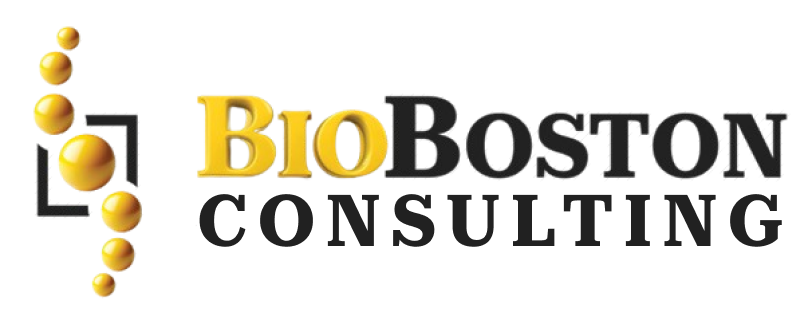In early-stage drug development, choosing the right regulatory strategy is essential—especially when planning global clinical trials. Two of the most critical regulatory submissions are the IND (Investigational New Drug application) in the U.S. and the CTA (Clinical Trial Application) in regions such as the EU, UK, and Canada. While they serve a similar purpose, the regulatory expectations, timelines, and data requirements differ significantly. At BioBoston Consulting, we help biotech and pharmaceutical innovators design globally harmonized strategies to accelerate development and minimize regulatory risk.
IND vs. CTA: What is the Difference?
What is an IND Application?
The IND application is the U.S. FDA’s requirement for initiating clinical trials with investigational drugs. It ensures that your drug is safe enough to be tested in humans and that your clinical protocol meets FDA standards. A strong FDA regulatory strategy and comprehensive preclinical data are essential for a successful IND submission.
What is a CTA?
A Clinical Trial Application (CTA) is submitted to regulatory authorities in regions such as the European Medicines Agency (EMA), MHRA (UK), or Health Canada. CTAs focus on clinical trial authorization at the national level and often require ethics committee (EC) approvals and alignment with the Clinical Trial Regulation (EU CTR) or ICH-GCP guidelines.
Key Differences: IND vs. CTA
| Regulatory Aspect | IND (U.S. FDA) | CTA (EU/UK/Canada) |
| Governing Body | FDA (U.S.) | EMA, MHRA, Health Canada |
| Review Focus | Preclinical data + clinical protocol | Clinical protocol + ethics review |
| Ethics Committee Role | Separate from FDA process | Integrated in CTA review process |
| Submission Format | eCTD or paper (with FDA’s eCTD mandate) | EU CTR portal or national systems |
| Review Timeline | 30 days (default) | Varies: 30–60+ days depending on region |
| Communication | Direct FDA interactions (Pre-IND, etc.) | Country-specific authority + ethics board |
Strategic Considerations for Global Clinical Trial Planning
When expanding early clinical trials across multiple regions, startups and sponsors should consider:
- Harmonizing preclinical data to meet both FDA and EU expectations
- Aligning clinical protocol design with global regulatory and ethical standards
- Coordinating submission timelines to avoid study start delays
- Understanding regional regulatory nuances in safety reporting and amendments
- Engaging with authorities through Pre-IND and Scientific Advice Meetings
How BioBoston Consulting Helps You Build a Global Regulatory Strategy
At BioBoston Consulting, we specialize in early-phase regulatory strategy for U.S. and international trials. Whether you are preparing your first IND submission, expanding with a CTA, or pursuing a parallel development plan, our team ensures your data and documentation align across regulatory jurisdictions.
We provide:
- IND and CTA pathway selection support
- Global submission timeline planning
- Clinical protocol alignment and optimization
- Pre-IND and Scientific Advice meeting support
- eCTD-compliant submission preparation and project management
Go Global with Confidence — Partner with BioBoston Consulting
Do not let regulatory uncertainty limit your early-stage drug development. Whether you are navigating an IND in the U.S. or a CTA in Europe or Canada, BioBoston Consulting provides the expertise and support to get your clinical trial moving—fast and globally compliant.
👉 Book a Free Global Regulatory Strategy Session with BioBoston Consulting Today

